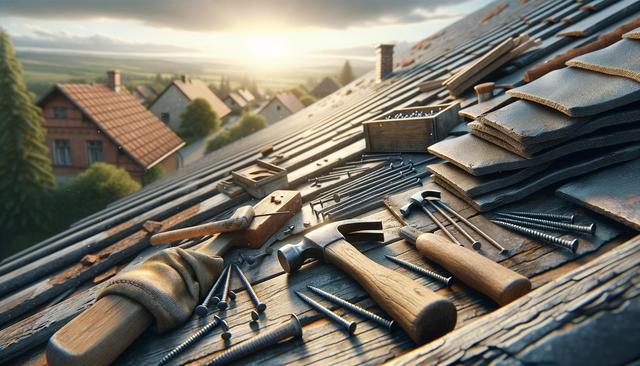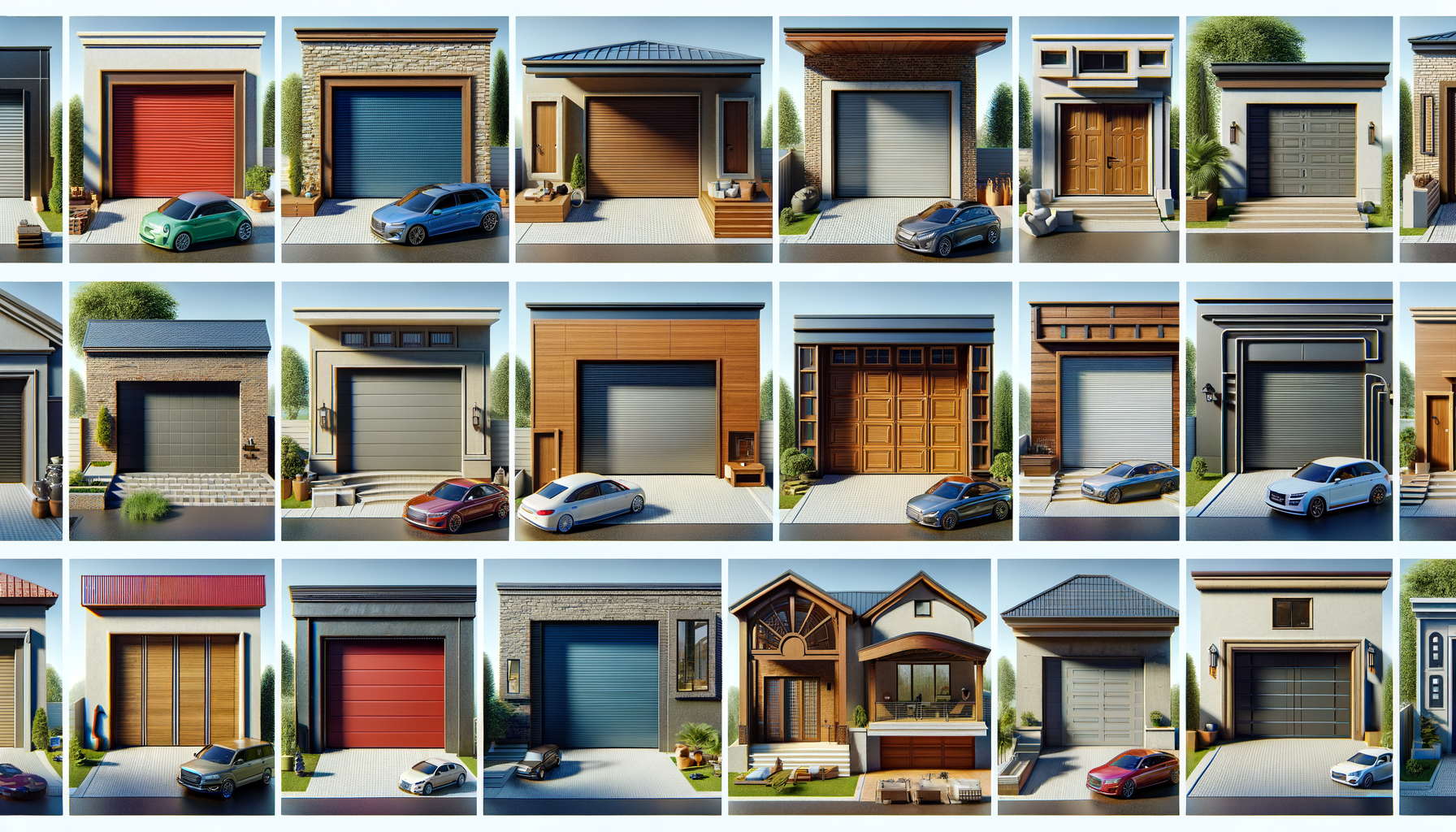Leaks and Water Damage
One of the most frequent roof issues homeowners encounter is leaking. Leaks can develop for several reasons, including aging materials, poor installation, or severe weather. Often, leaks manifest as water stains on ceilings or walls, and if left unaddressed, they can lead to structural damage and mold growth. Identifying the source of a leak can be tricky, as water may travel from the entry point before becoming visible inside the home. Common culprits include broken shingles, deteriorated flashing, or clogged gutters. Fixing a leak typically involves locating the damaged area, removing the compromised materials, and replacing them with new ones. Homeowners should also ensure proper attic ventilation and insulation to prevent moisture buildup that can contribute to water damage.
Damaged or Missing Shingles
Shingles serve as the first line of defense against the elements, and when they become broken, curled, or go missing, it exposes the roof deck to potential harm. This problem is especially prevalent in areas with high winds or heavy storms. Over time, UV rays can also cause shingles to become brittle. Regular roof inspections, particularly after severe weather, can help in identifying these issues early. When replacing shingles, it’s crucial to use materials that match the existing roof in type and color. Homeowners should also consider the age of their roofing system; if a large section is affected, a partial replacement or full re-roofing might be more cost-effective than continual spot repairs.
Poor Roof Ventilation
Inadequate ventilation can lead to a variety of problems, including increased energy costs, mold growth, and shortened roof lifespan. Without proper airflow, heat and moisture can accumulate in the attic, causing shingles to deteriorate from the inside out. Signs of poor ventilation include high indoor temperatures during warm months, ice dams in winter, and musty odors in the attic. Improving roof ventilation may involve adding or replacing ridge vents, soffit vents, or powered fans. Adequate ventilation provides the following benefits:
- Prevention of moisture buildup and mold
- Extended lifespan of roofing materials
- Improved energy efficiency
- Reduced risk of ice dam formation
Consulting with a roofing professional can help determine the right type and quantity of ventilation needed based on the home’s size and roof type.
Flashing Failures
Flashing is used to seal and protect the joints and edges on a roof, particularly around chimneys, skylights, and vents. Over time, flashing can become loose, cracked, or corroded, leading to leaks. Improper installation is another common cause of flashing failure. Because flashing is essential for waterproofing vulnerable areas, even a small defect can result in significant water intrusion. Homeowners can address flashing issues by:
- Resealing small gaps with roofing sealant
- Replacing sections of flashing that have corroded or detached
- Ensuring new flashing is installed with proper overlap and secure fastening
Routine inspection and maintenance of flashing can prevent costly repairs and extend the roof’s service life. When major repairs are needed, hiring a qualified roofing contractor is often the most reliable approach.
Clogged Gutters and Downspouts
Although not part of the roof structure itself, gutters play a critical role in protecting your roof. When gutters and downspouts become clogged with leaves, twigs, or other debris, water can back up and seep under the roofing material. This can lead to fascia damage, rot, and even foundation problems. To reduce the risk of clogs, homeowners should clean gutters at least twice a year—typically in the spring and fall. Installing gutter guards can also help minimize debris accumulation. Keep an eye out for signs of trouble such as:
- Overflowing water during rainstorms
- Sagging gutter sections
- Visible moss or algae near the roofline
Regular maintenance ensures water is directed away from the home, preserving both the roof and structural integrity of the entire building.
Conclusion
Roof repair is an essential aspect of home maintenance that can prevent costly damage and ensure long-term comfort and safety. By understanding common roof problems such as leaks, damaged shingles, poor ventilation, flashing failures, and clogged gutters, homeowners can take proactive steps to maintain their roofs effectively. Regular inspections, timely repairs, and professional guidance when needed all contribute to a more durable and efficient roofing system. Addressing these issues early not only protects your investment but also helps maintain your home’s overall value and integrity.




Leave a Reply